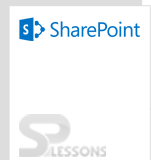There is a two WebParts are available in under Form Web Part.
- HTML Form Web Part
- Info path form Web Part




